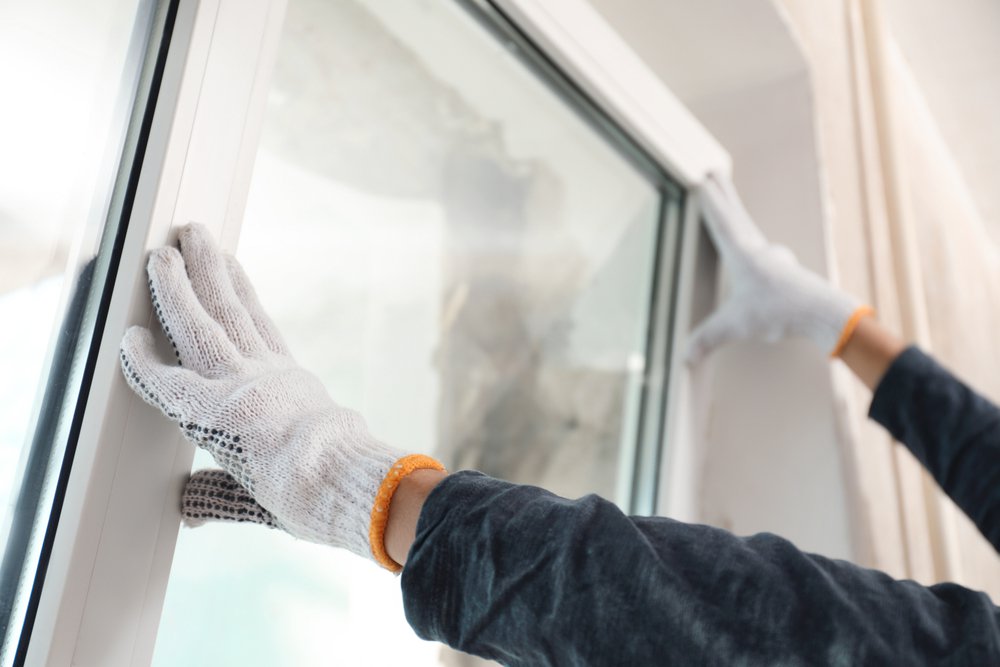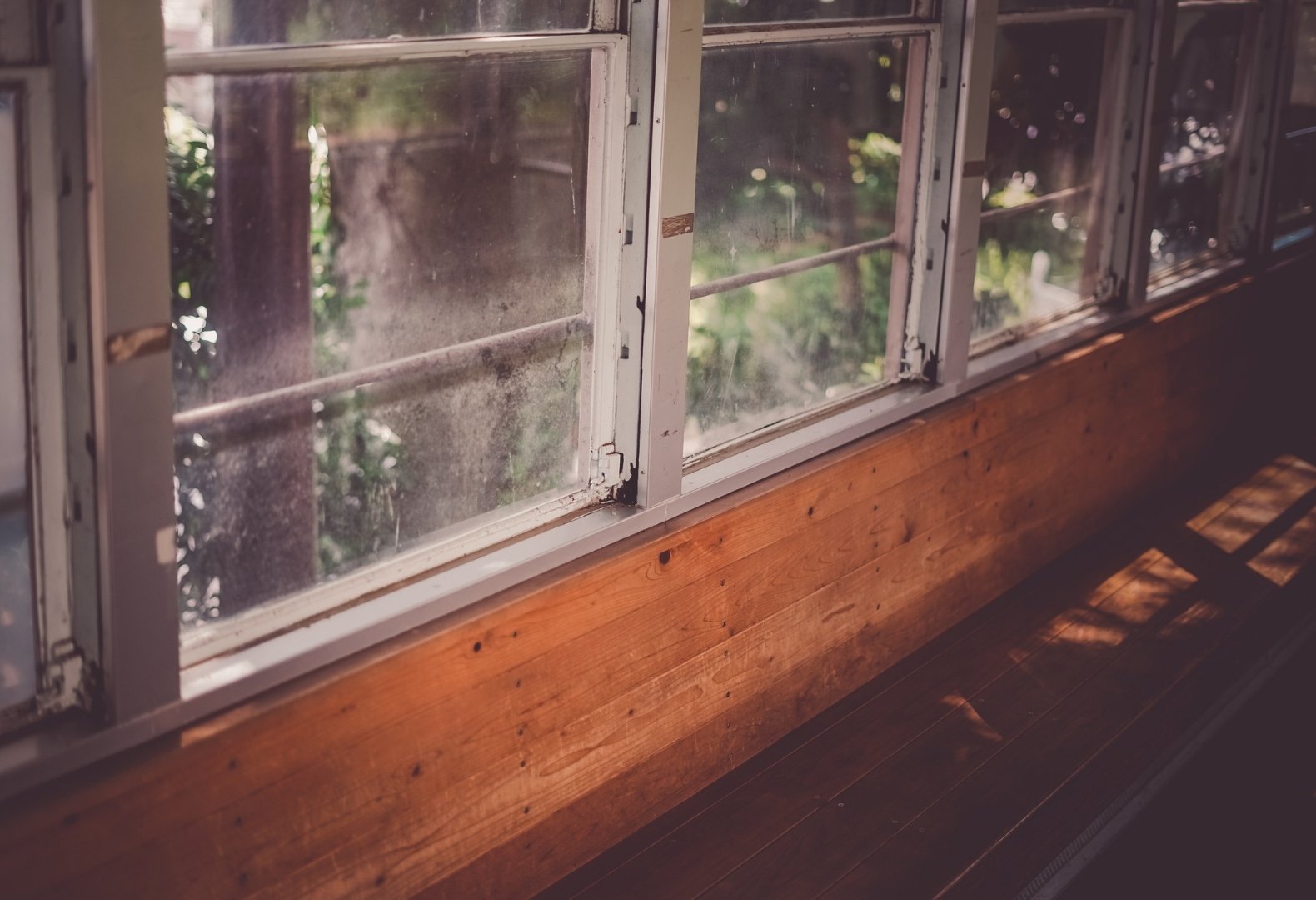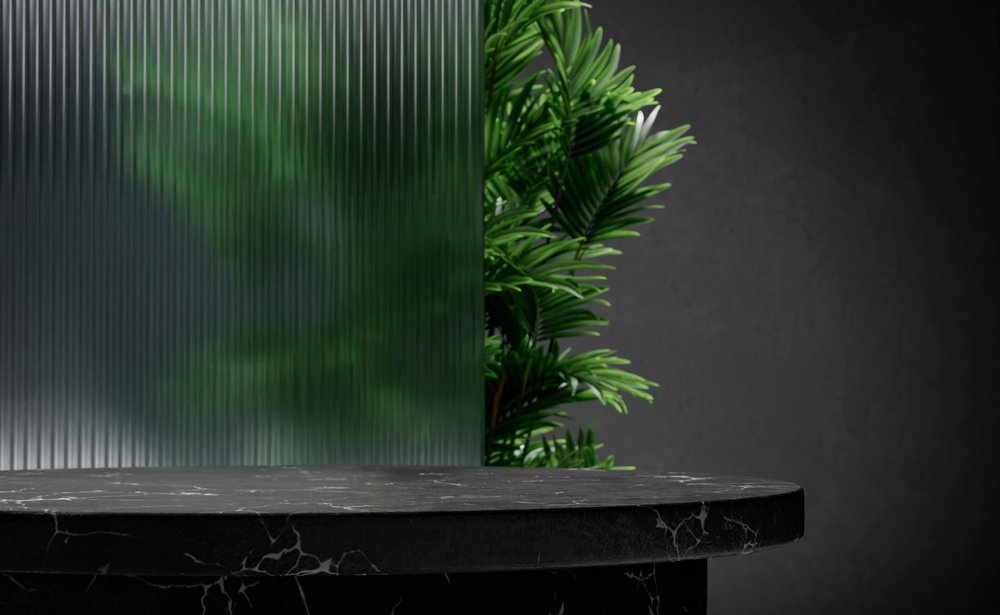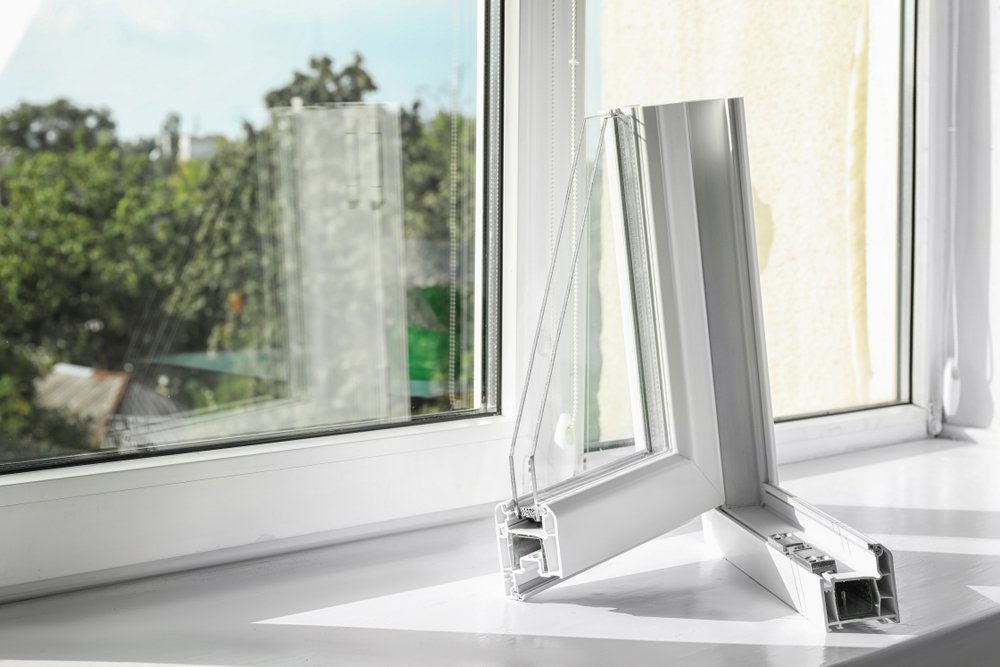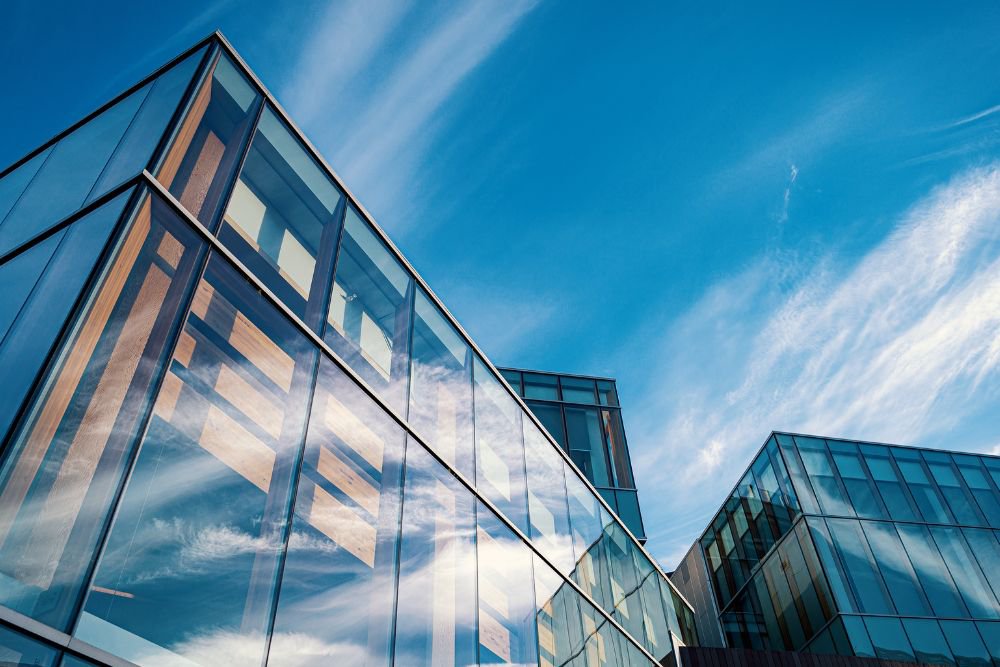In modern construction, fire-resistant glass plays a crucial role in slowing flames and smoke while providing safe evacuation time. Architects and engineers increasingly integrate these specialized units to meet stringent building codes without compromising visual appeal. Selecting the right glass requires careful consideration of material types, thicknesses, and certified performance ratings for long-term reliability.
Design trends now prioritize transparency, natural light, and unobstructed views while still adhering to safety standards in high-risk areas. Fire-resistant glass solutions allow designers to maintain aesthetic intent while meeting regulatory requirements effectively. Proper specification and strategic placement ensure buildings remain secure, functional, and visually cohesive for occupants and visitors alike.
How Fire-Resistant Glass Protects Lives
Fire-resistant glass is engineered to withstand extreme heat while controlling smoke and flame propagation efficiently, highlighting the importance of fire-resistant glass in building code compliance. Its primary purpose is to provide sufficient time for occupants to evacuate buildings safely during emergencies. By compartmentalizing high-risk areas, it significantly reduces potential casualties and structural damage.

These units often include multiple layers or specialized interlayers that block heat transmission effectively. Proper installation ensures the glass performs consistently under fire exposure, meeting stringent testing standards. Buildings equipped with fire-resistant units demonstrate a proactive approach to occupant protection and code compliance.
Architects often choose these products for critical zones, including stairwells, corridors, and door vision panels. While the glass maintains transparency, it functions as a barrier against rapid fire spread. This dual functionality supports both safety and design objectives simultaneously.
Fire-Resistant Glass vs. Fire-Rated Glass
Understanding distinctions between fire-resistant and fire-rated glass prevents specification errors that compromise safety. Selecting the correct type depends on project requirements, code interpretations, and hazard assessments. Misapplying tempered or standard glass in critical areas can lead to dangerous consequences and legal noncompliance.
Comparison Table: Fire-Resistant Glass vs. Fire-Rated Glass
| Feature | Fire-Resistant Glass | Fire-Rated Glass |
|---|---|---|
| Primary Function | Slows heat transfer while maintaining visual clarity | Meets legally mandated fire-resistance durations |
| Testing | Focused on heat insulation and structural integrity under fire | Tested for 20–180 minutes according to building codes |
| Application | Provides safe evacuation time and reduces smoke spread | Required in high-occupancy or regulated areas |
| Transparency | Maintains clarity, allowing natural light | Often thicker, may reduce transparency |
| Use Cases | Schools, corridors, stairwells, and door panels | Hospitals, commercial buildings, multi-residential structures |
Industry professionals emphasize coordination with manufacturers to ensure proper product selection, installation, and certification. Accurate labeling and documentation further support compliance audits and insurance requirements. Incorporating these considerations reduces project risks while strengthening life safety strategies across any building type.
Building Code Requirements and Compliance
Usage of specialized glazing in construction is often dictated by local, provincial, or national building codes to protect occupants effectively. Ignoring these requirements can result in costly penalties, liabilities, or retrofits after project completion. Adhering to regulations ensures safety and provides legal assurance for architects, contractors, and developers.
Key Building Code Requirements:
- Stairwell Enclosures – All stairwell doors and walls in multi-story buildings must include certified fire-rated glazing.
- Elevator Lobbies – Glass in elevator lobbies must resist fire and smoke propagation according to approved ratings.
- Separation Walls – Multi-residential and commercial buildings require fire-resistant partitions between units or occupied areas.
- High-Occupancy Spaces – Schools, hospitals, and public assembly areas must use approved fire-rated or fire-resistant glass.
- Exit Routes – Corridors and exit doors need certified glazing to allow safe evacuation under fire conditions.
- Certified Testing and Documentation – All installations must have documented ratings and undergo certified compliance testing.
- Framing Systems – Proper framing and structural support are required to maintain fire performance during high-temperature exposure.
Collaborating with code officials during design and installation phases streamlines approvals and reduces safety risks. Each project may have unique requirements depending on occupancy, building height, or hazard assessments. Aligning product specifications with local building codes ensures fire-resistant glass performs reliably while meeting legal and safety standards.
Applications in Schools, Commercial, and Public Buildings
Protecting building occupants from fire hazards requires materials that can slow flames, block smoke, and provide safe evacuation routes. Fire-resistant glass offers critical protection while maintaining transparency and modern architectural aesthetics throughout high-occupancy spaces. Understanding the proper specifications, ratings, and installation methods ensures both safety and long-term performance for any project.
Modern designs emphasize natural light, open layouts, and visual connectivity without compromising safety standards. Integrating fire-resistant glass allows designers to preserve aesthetic intent while meeting rigorous building codes and life safety requirements. Collaboration with manufacturers and installers ensures optimal performance, durability, and regulatory compliance across all construction applications.
Typical Applications by Building Type
| Building Type | Application Examples | Key Considerations |
|---|---|---|
| Schools | Stairwells, corridors, classroom doors, multipurpose rooms | Clear evacuation, visibility, compliance with occupancy codes |
| Commercial Offices | Office partitions, lobby glazing, conference rooms | Compartmentalization, transparency, emergency exit visibility |
| Public Buildings | Hospitals, libraries, municipal facilities | Patient safety, staff supervision, integration with energy-efficient systems |
Modern Design and Transparency Considerations
Modern architectural trends emphasize open spaces, abundant natural light, and minimal visual obstruction without compromising occupant safety. Fire-resistant glass provides essential protection while preserving transparency, energy efficiency, and the aesthetic intent of contemporary building designs. Understanding the difference between fire-resistant and fire-rated glass is critical for selecting materials that meet both performance and regulatory requirements.
Specialty finishes, including patterned, tinted, or laminated options, support design flexibility while enhancing fire performance and thermal efficiency. Integrating these units with insulated glass systems allows architects to maintain visual appeal and sustainable building standards. Consulting experts on sealants, interlayers, and spacer systems ensures proper performance without disrupting the overall design vision.
Maintenance, Lifespan, and Durability
Fire-resistant glass requires proper installation, routine inspection, and maintenance to sustain performance. Exposure to moisture, thermal cycling, or improper cleaning can compromise layered interlayers or coatings. Regular assessments ensure continued compliance and effective fire protection throughout a building’s lifecycle.
Units integrated with Low-E coatings or energy-efficient designs benefit from enhanced durability without sacrificing safety. Repair or replacement protocols should follow manufacturer guidelines to maintain structural integrity. Routine inspections minimize the risk of unnoticed damage compromising occupant protection.
Long-term performance relies on high-quality fabrication, certified installation, and adherence to code-specific testing standards. Ensuring that glass maintains both fire resistance and visual clarity protects lives while extending the service life of building materials. Proactive care prevents costly repairs and supports sustainable construction practices.

Selecting the Right Fire-Resistant Glass
Choosing the correct materials for high-risk areas requires careful assessment of hazards, occupancy, and building design priorities. Fire-resistant glass offers critical protection while maintaining transparency, energy efficiency, and visual appeal for modern architectural applications. Understanding proper ratings, interlayer composition, and framing compatibility ensures both safety compliance and long-term performance across projects.
Collaboration with suppliers or glazing specialists helps identify optimal combinations of durability, thermal efficiency, and aesthetic integration. Incorporating Low-E coatings, insulated glazing, and spacer systems further enhances building performance without compromising design intent. Thoughtful planning ensures fire protection measures function reliably while harmonizing with the overall architectural vision and occupant needs.
Ensuring Safety Without Compromising Design
Fire-resistant glass is essential for protecting occupants, slowing flame and smoke spread, and supporting emergency evacuation. Modern materials allow architects to maintain transparency, natural light, and aesthetic appeal while meeting strict fire codes. Thoughtful specification, installation, and maintenance maximize both safety and long-term performance.
Prioritizing safety does not require sacrificing design vision or operational efficiency. By selecting the correct units, coordinating with experts, and following code guidance, building professionals create environments that are secure and visually appealing. Insul-Lite Manufacturing™ offers fire-resistant solutions that achieve these goals, ensuring compliance, clarity, and peace of mind for every project.
Contact our team to explore options that align safety, functionality, and design seamlessly.

